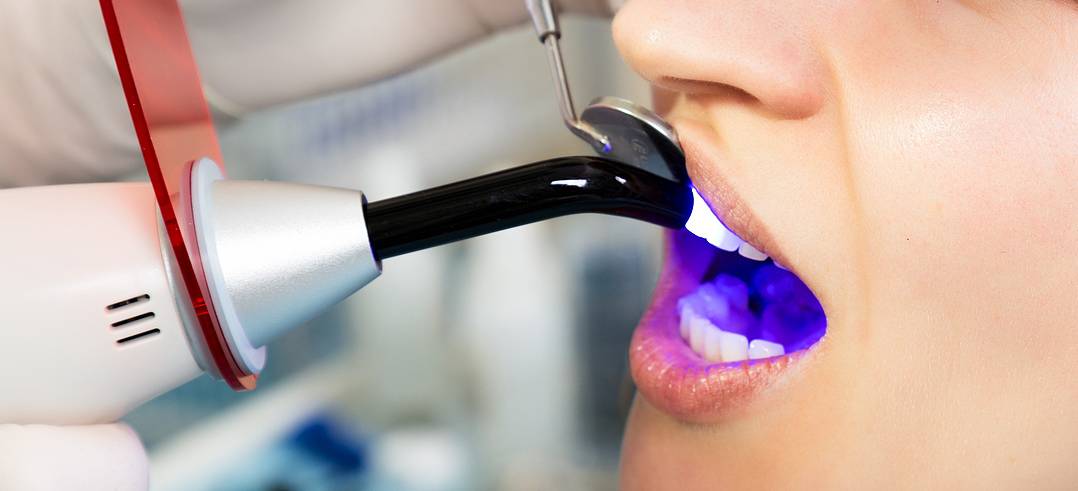Of all the cosmetic dental procedures, composite bonding is the least invasive, not to mention the easiest to conduct. This is a composite that has a color of the tooth fixed according to the color or shape of the tooth. The purpose of composite bonding is to repair chips, decay, discolored teeth and fractures.
This is often compared to porcelain veneers. But composite bonding is made in a laboratory and that it needs your dentist to remove a huge amount of tooth structure, which must be healthy. This can be applied to any patient within the day as there is minimally required the tooth to be removed.
Main advantages of composite bonding
They are very quick, not to mention painless.
Has a natural appearance.
Easy to repair.
Comes with immediate results. Usually, composite bonding can be accomplished within the day of your visit.
It is a minimally invasive procedure; a minimal reduction of the healthy tooth is needed.
Preparation
When you consider for composite bonding, there’s preparation needed to be done. Anesthesia is usually not needed, but for certain exceptions such as the bonding being used is to fill in a decayed tooth. This is because the tooth requires drilling to have its shape changed or its chip located near its nerve. The dentist will be using a shade guide to choose a color for the composite resin that will match closely with your tooth’s natural color.
Process of bonding
The next step will be having the tooth’s surface roughened; then a conditioning liquid will be applied. Such procedures aid in the bonding material that will adhere on to the tooth. The resin with very much like the appearance of putty and has similar color with your tooth, will then be an applied, then molded and then smoothed according to the shape desired. A bright laser, which is usually blue. This is used in hardening the material. After this process of hardening, the dentist will trim the composite bonding further and shape it. Then it will be polished to match with the rest of the tooth’s sheen and surface.
The time it takes to complete the whole process takes between 30 and 60 minutes each tooth that will be bonded with.
Pros and cons of composite bonding
The advantages of composite bonding are already stated above – they are the easiest, not to mention the least expensive of all the cosmetic dental services ever offered to a patient. Unlike with crows and veneers, wherein they are customized coverings that require customization in the lab, bonding can be done mostly at the dental office alone.
As with the disadvantages, one of it is how it is not resistant to stains, like the crowns. The bonding material used does not last that long. They are not even that strong like the other procedures for restoration such as the veneers, fillings or crowns. Added to that, the materials used for bonding can break and chip off a tooth.





